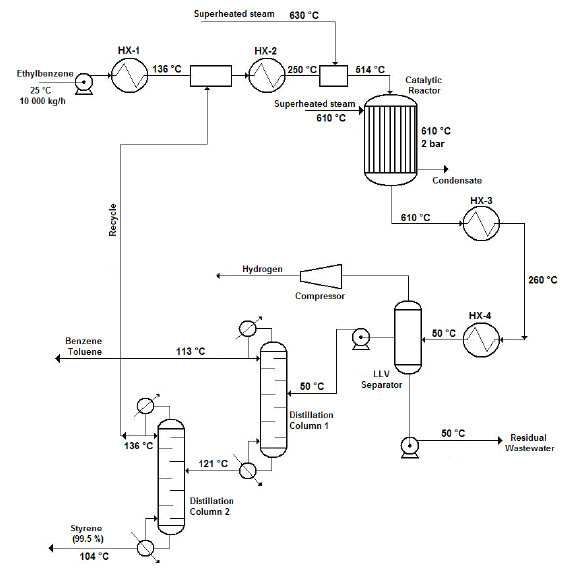Technology Type
- Type
- Dehydrogenation of Ethylbenzene
- Process
- Dehydrogenation
-

- #TT43
Description
Your insights will be shown here
Image
| Technology | Owner | Entity |
|---|---|---|
| Technology | Technology Entity | |

|
Lummus | |

|
Honeywell UOP | |

|
Ruihua Technology | |

|
SINOPEC TECH |
Content provided by
| Transaction | Name | Date |
|---|---|---|
| Modified by |
|
10/26/2024 7:18 AM |
| Added | 2/8/2022 7:11 AM |









